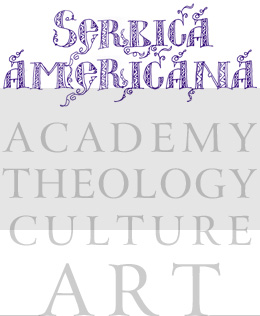She contributed her skills for several exhibitions at LACMA including California Design, 1930-1965: Living in a Modern Way (2011); Fashioning Fashion: European Dress in Detail, 1700-1915 (2010); From the Spoon to the City: Design by Architects from LACMA’s Collection (2009); Art of Two Germanys/Cold War Cultures (2009) and Breaking the Mode: Contemporary Fashion from the Permanent Collection (2006) as well as the critically acclaimed Los Angeles Goes Live: Performance Art in Southern California 1970-1983 (LACE 2011) part of the Getty’s Pacific Standard Time exhibition series. In addition to serving as Managing Partner of Fionn Zarubica & Associates, Director of the Fionn Zarubica Foundation For Art And Culture in Serbia and Director of Fionn Zarubica Learn, Fionn is directing the Collections Management Certification Program in Serbia and is an instructor at the Costume and Textiles Collections Management Certificate Program at California State University Long Beach, The College of Continuing and Professional Education.
Source: Official Web Site





